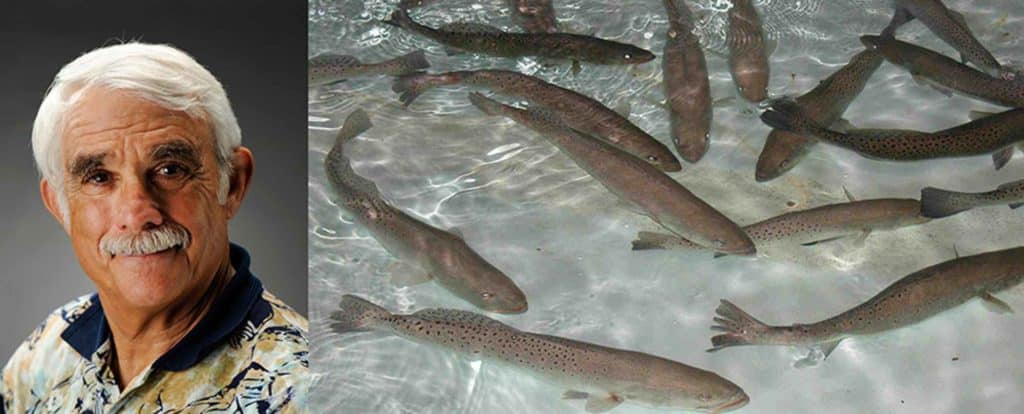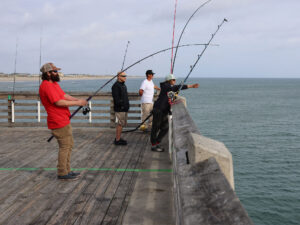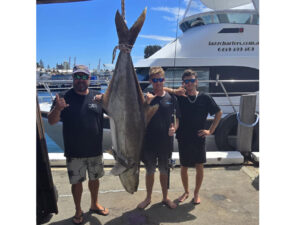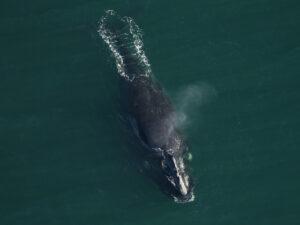Just like bluebonnets and the heat, Texas is known for fantastic bay fishing, but along with popularity comes problems for economically-important fish like red drum and spotted seatrout. Dr. John R. Gold, Regents Professor and Harte Research Institute (HRI) Endowed Chair for Genetics and Biodiversity at Texas A&M University-Corpus Christi, and Dr. Robert R. Vega, Marine Enhancement Director, Texas Parks and Wildlife Department (TPWD) have led a team of scientists to assess restoration enhancement programs for both red drum and spotted seatrout.
“Saltwater recreational fishing in Texas is presently worth $2.2 billion per year and generates around 34,000 jobs,” said Vega. “The most popular species fished are red drum and spotted seatrout, collectively representing $570 million in economic revenue.”
Because of the economic value that saltwater recreational fishing brings, many people would agree with the philosophy that more fish in our bays and estuaries would mean stable fish populations. However, more does not necessarily mean better. In order to assess the health of both fish populations, Gold and Vega recently collaborated on two research projects that focused on the genetics of hatchery-released red drum and spotted seatrout.
Because of the large declines in red drum wild populations during the 1970s and the 1980s, the TPWD initiated a coastal stock enhancement program to help increase fish numbers. In 1975, state biologists initiated stocking red drum fingerlings to enhance the wild fish populations on an experimental basis and later began a large-scale stock enhancement program in 1983.
Gold’s and Vega’s first research project demonstrated that the red drum fingerlings released by TPWD survive long enough to make a difference in population numbers. The research team assessed how many hatchery-released red drum survived to at least one year of age.
They used genetic testing to compare fish caught from nine bays and estuaries along the Texas Coast to the breeding pairs kept in TPWD restoration-enhancement hatcheries in Flour Bluff, Texas, and Lake Jackson, Texas. About 78 percent of the fish caught were yearlings, but the remaining 22 percent were between two and three years old.
This was an important find because fish who reach this age are almost ready to reproduce and help increase the numbers of wild populations.
“To date, more than 650 million red drum fingerlings have been hatchery-produced and released into Texas coastal bays,” said Vega. “Partly as a consequence of the stock enhancement program, the red drum bay population has rebounded to near-record levels.”
Fisheries management is more than a numbers game for researchers like Gold and Vega. Although putting as many hatchery-released yearlings back into the ecosystem is important, it is also vital to make sure that they are genetically the same as wild populations.
When it comes to finding a mate, no one wants to be stuck in a room full of siblings, which is why the second project looked at the parentage of spotted seatrout produced at the hatchery. Many scientists agree that in order to ensure genetic variety, it is very important to make sure stock comes from many breeding pairs rather than just a few.
Early results indicated that not all female seatrout participated in reproduction, potentially causing many of the released fish to be genetically related to one another.
“If fish populations do not have any genetic variation they will have a harder time evolving,” said Gold. “In order to be able to respond to environmental changes like increasing water temperatures, water pollutions, and even oil, they need to have genetic variation.”
With the assistance of Gold, TPWD is now finding ways to detect non-contributing females. Through continuing genetic testing, Gold and Vega hope to identify the fish that are not participating in spawning events and replace them in order to increase the amount of genetic diversity.
The studies were supported by the Texas Sea Grant Program and the TPWD Coastal Fisheries Division.
Learn more about the Harte Research Institute’s Marine Genomics Lab involved in this research HERE.
_About Texas A&M University-Corpus Christi:___ Offering more than 80 of the most popular degree programs in the state, Texas A&M-Corpus Christi has proudly provided a solid academic reputation, renowned faculty, and highly-rated degree programs since 1947. The Island University has earned its spot as a premier doctoral-granting institution, supporting a UAS test site, two institutes, and 13 research centers and labs. Discover your island at http://www.tamucc.edu/.__
__About the Harte Research Institute: ____The Harte Research Institute for Gulf of Mexico Studies, an endowed research component of Texas A&M University-Corpus Christi is dedicated to advancing the long-term sustainable use and conservation of the Gulf of Mexico. HRI provides international leadership in generating and disseminating knowledge about the Gulf of Mexico ecosystem and its critical role in the economies of the North American region.__









